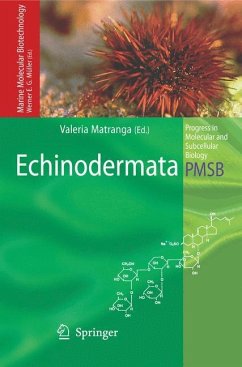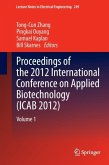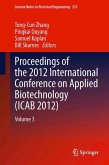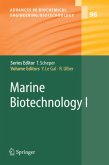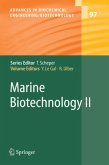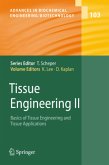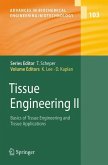Members of the phylum Echinodermata are among the most familiar marine invertebrates. Forms such as the sea star have become virtually a symbol of sea life. Used in ancient oriental medicine as a source of bioactive compounds, sea cucumbers, sea stars and sea urchins are now used for the extraction and purification of cytotoxic, haemolytic, antiviral, antifungal, antifouling, antimicrobial and even anti-tumoural activities. In addition, of the five extant classes, sea urchins and sea cucumbers are important economic resources for current fishery and aquaculture. Molecular and cell biological techniques described in this book are, on the one hand, indicative of the improvements made over the years and, on the other, stress the need of their further exploitation for the sustainable production of bioactive compounds and their application in biomedicine.

